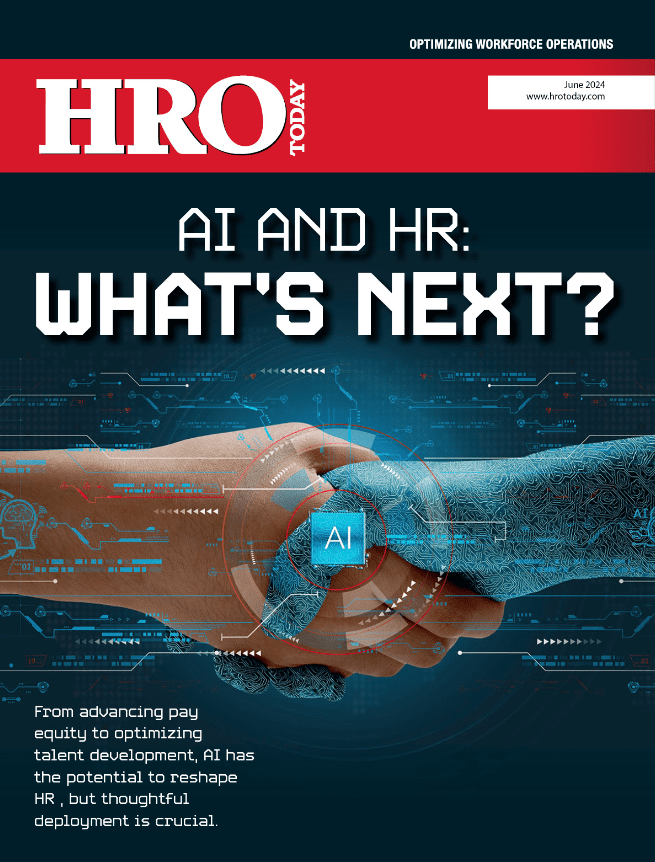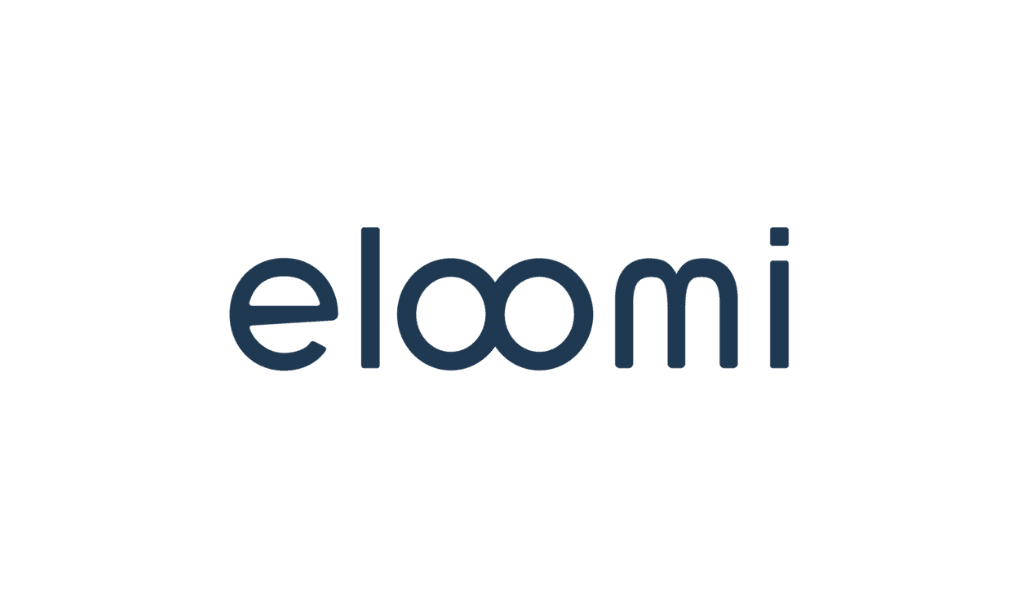Five ways to eliminate the stress of remote work and get straight to the rewards.
By Laura Sue D’Annunzio
The pandemic has changed many things about the way people work, but the biggest adjustment may be the mindset shift. Employees who have experienced the benefits of remote and flexible work aren’t willing to give up those perks and return to the office full-time. As a result, employers must adjust their business models to keep employees happy by adopting hybrid work models. While customer experience is still important, companies now need to also emphasize the employee experience.
How does a remote or hybrid work environment change the way employees operate? How do employees think and feel through every company touchpoint? What does their user journey look like in getting work done?
These are all crucial questions, though not every company puts the same effort behind them. With five in six employees preferring a hybrid work environment, it’s time for companies to start listening.
If the employee experience is lacking, the business will suffer, too. Here are five areas to focus on in a hybrid work setting.
1. Design efficient digital workflows. Digital workflows are critical to scaling a company. If employees run into frequent roadblocks and challenges that prevent them from getting their work done, it quickly leads to unhappy employees, which typically results in unhappy customers.
Effective, end-to-end digital workflows introduce easier collaboration, stronger communication, automated tasks, and a faster response should any issues arise. IT service management has evolved to combine automation, AI, and employee input. Now companies can create digital workflows that enhance the employee experience, not hinder it.
Strategic companies are removing the barriers between users and IT and leveraging tools such as chatbots, virtual agents, and mobile to keep the employee experience running smoothly. That process starts by identifying company priorities and improving the employee experience based on the most urgent need.
2. Integrate employee experience platforms into existing workflows. If gathering employee input is a complicated endeavor, most people will avoid doing it. But when the feedback process is simple, leaders can quickly iterate and optimize improvements.
For example, companies can use an automated chatbot through their messaging platforms to ask for employee feedback once per week, or create a consistent mailbox system where employees can identify trouble areas.
To paint an accurate portrait of company challenges, leaders need ample feedback. The information-gathering process takes time, but the ability to iterate on or even predict it will lead to success.
On average, employees spend up to two hours looking for documents and resources every day; that adds up to 500 hours wasted every year participating in the world’s least fun scavenger hunt.
3. Streamline apps, tools, and services. On average, employees spend up to two hours looking for documents and resources every day; that adds up to 500 hours wasted every year participating in the world’s least fun scavenger hunt.
Breaking down the silos between HR, IT, finance, and operations must start when an employee first onboards. Creating a knowledge base to share information with employees of all levels and implementing personalized portals for employee self-service helps keep everything in one place. This spot is where employees can access what they need without creating bottlenecks or waiting for other people to help them.
At least twice a year, companies should review all tools and services and seek feedback on how -or if -employees are using them. There are likely outdated applications that can either be consolidated to another platform or removed entirely, and the money saved can be invested in other areas to improve employee engagement.
4. Diversify collaboration models. At the start of this decade, the term “Zoom fatigue” only applied to a tired dog that had just run around outside for hours on end. Today, it’s a genuine issue affecting employees all over the globe. Yet, many companies still insist on endless video conferences, adding stress and frustration to an already busy work environment.
Instead, companies should focus on creating custom experiences for employees. No matter the industry, employees crave having choices. Being able to personally select their laptop, their benefits, their desk, and even their swag adds up to happier and more productive workers.
That same model of choice can apply to meetings and collaboration efforts. Sure, some all-staff meetings must occur over a video call, but pair them with more creative outlets, such as a walking meeting or a ThinkWrong brainstorm.
Introducing unique ways for employees to reward or praise their teammates can also inspire innovation across the company. This might mean offering tickets to a local baseball game for the big sports fan in sales, while the art enthusiast gets a gift card to a wine and painting session.
5. Offer easy access to employee services. In a perfect world, nothing would ever go wrong at work, but of course, mistakes happen, technology breaks, and frustrations grow. By making employee services easily accessible, companies can keep those frustrations to a minimum while allowing more time for productivity.
For example, many companies using hybrid work models have implemented systems to reserve meeting rooms. If that process is clunky and unintuitive, employees may forgo it entirely and try to physically grab a room at the time most convenient for them. When enough people skip the process because it’s too cumbersome to complete, it can lead to conflict. Service requests must be simple too. Every employee needs to be able to track an IT or help desk ticket, and ideally, that request should only involve the people it impacts directly.
Automating those processes leads to higher employee engagement and frees up time for HR teams that often must answer the same employee questions. Digital recruitment streamlines the entire recruiting process since there’s no need for back and forth around travel schedules and meeting availability, and digital tools can help automate some of the tedious tasks associated with onboarding.
Hybrid work isn’t going anywhere and employers are starting to realize that inevitability; three in four companies currently have or plan to use a permanent hybrid work model. As technology evolves, companies must continue to evolve alongside it. Strong digital workflows provide the foundation needed to thrive in any environment.
Laura Sue D’Annunzio is chief people officer for NewRocket.














